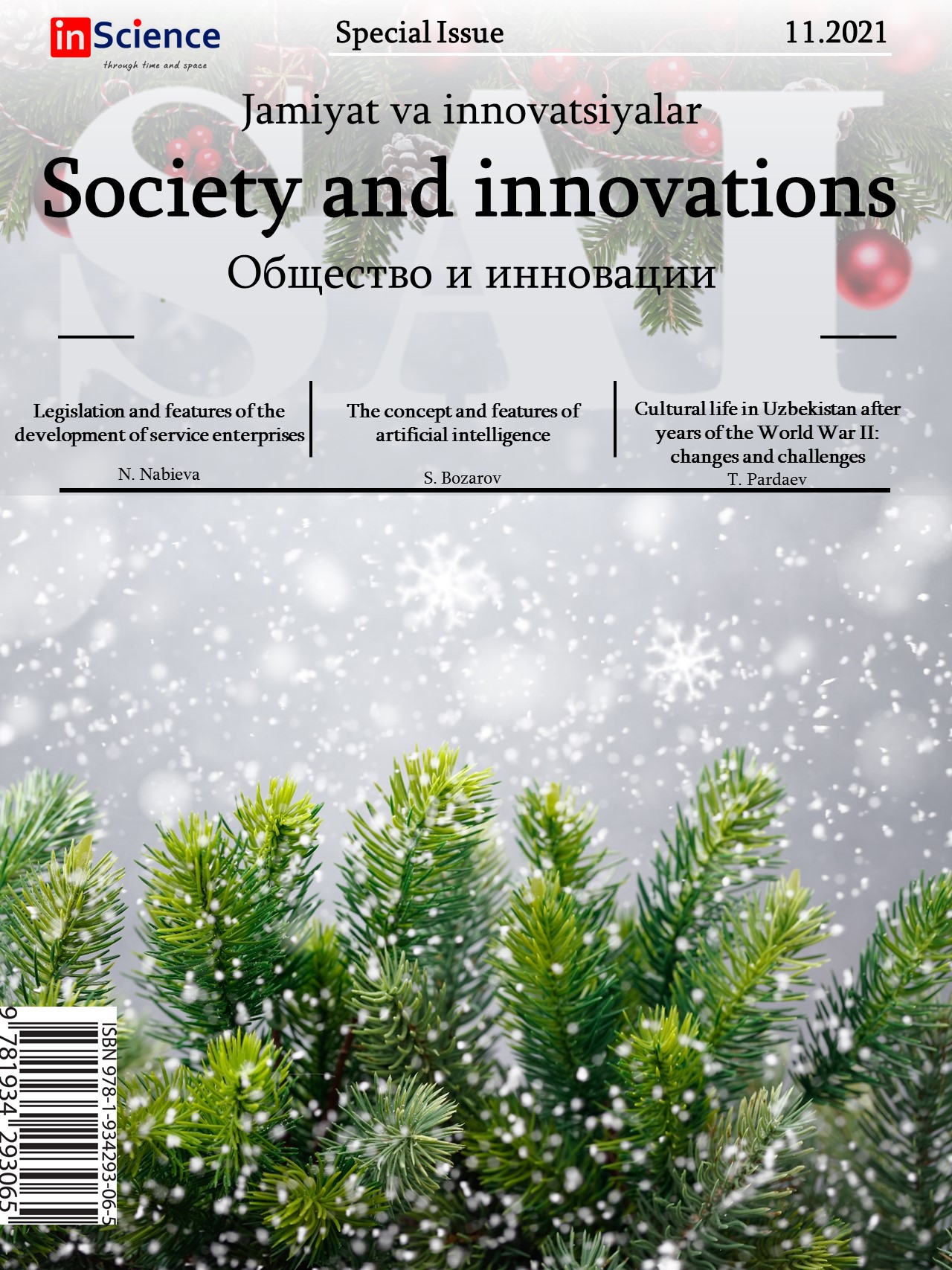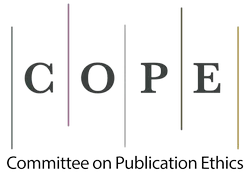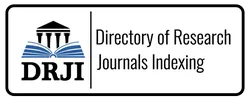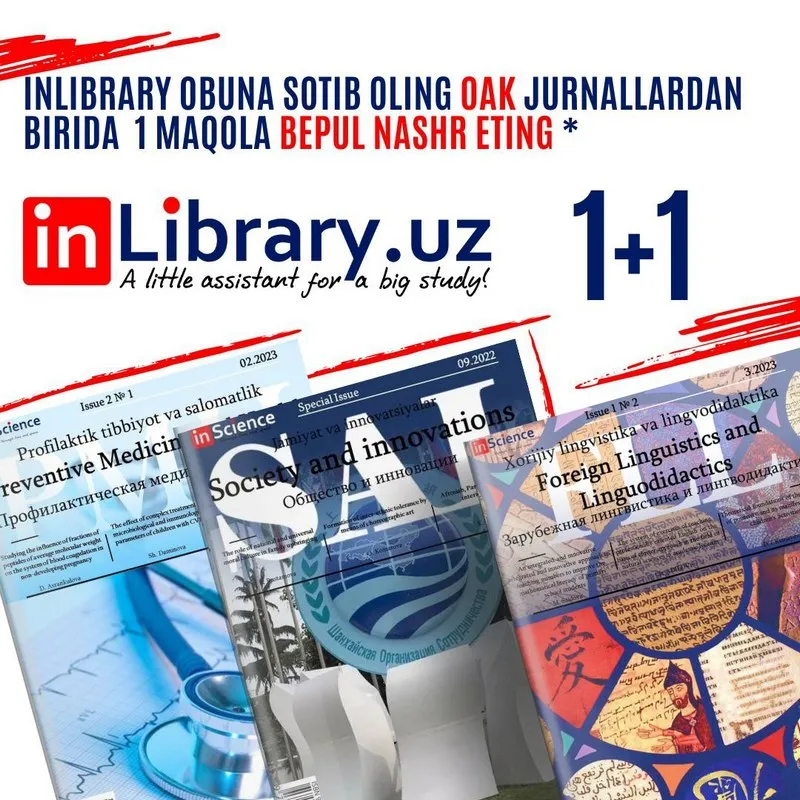DOI
https://doi.org/10.47689/2181-1415-vol2-iss11/S-pp25-30Keywords
legal translation , text , extralinguistic factors , communicationAbstract
This article discusses issues based on the analysis of legal texts on human rights. It also analyzes the problems of legal translation and explores the ideas of scientists on this topic. The selection of the characteristic features of a legal text as features of a legal translation is considered. These features are necessary for conducting pre-translation analysis and competent translation by both lawyers and linguists-translators.
Downloads
References
Alekseeva I.S. Professional training of a translator: textbook. 2001.
Golev N.D. Statement of problems at the junction of language and law. Barnaul: Altai. University, 1999.P. 4-11.
Golev N.D. Legal communication in the mirror of natural language. Barnaul: Altai. University, 2006.P. 6-37.
Shirobokova L.P. Legal texts: the experience of grammatical and typological research. M. 2007.
Shlepnev D.N., Parkhaeva Yu.A. The problem of selection of educational and methodological materials for the course of legal translation. Perm: Publishing house Perm. University, 2008. P. 494-511
Barkhudarov L. S. Language and translation. Moscow: International Relations, 1975.240 p.
Latyshev L. K., Semenov A. L. Translation: Theory, practice and teaching methods. Moscow: Academy, 2005.P. 192
Smirnitskiy AI Lexicology of the English language. Publishing house of Leningrad University, 1963. P. 208
Muschinina M.M. On legal linguistics in Germany and Austria. Legal aspects of language and linguistic aspects of law. Barnaul: Altai. University, 2004.P. 19-32.
Downloads
192 165Published
How to Cite
Issue
Section
License
Copyright (c) 2021 Ферузахон Юнусова

This work is licensed under a Creative Commons Attribution 4.0 International License.





















